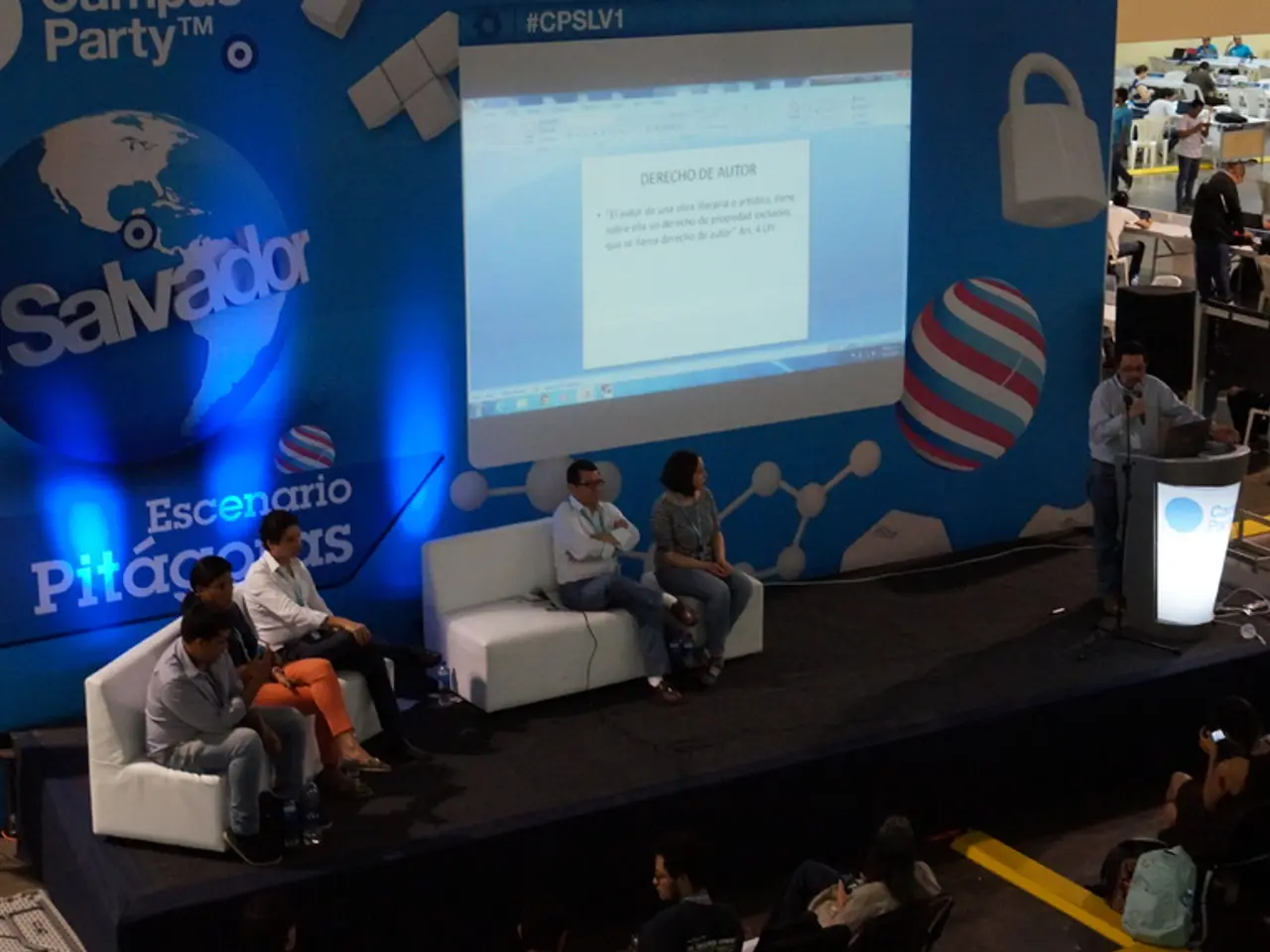Increased Hiring Leads to Increased Dismissals: The Fallacy of Employee Count as Indicator of Advancement
In today's fast-paced business environment, small to medium enterprises (SMEs) often grapple with effectively managing the employee lifecycle due to limited resources. Traditional methods, such as a hit-and-miss approach that includes running multiple rounds of interviews and basic skills tests, are not effective for SMEs.
However, a shift towards strategic workforce planning and the integration of automation tools can help SMEs navigate these challenges more efficiently. For instance, the workflow automation market was valued at $14.99 billion in 2024 and is projected to reach $71.03 billion by 2031.
One key strategy is aligning talent acquisition with business goals. This involves hiring only candidates whose skills and experience directly support current and future strategic objectives. This requires close collaboration between HR and leadership to understand evolving needs and avoid hiring for non-critical roles.
Another strategy is proactive forecasting of demand and capacity. Regular demand forecasting and capacity analysis help anticipate talent shortages or excesses. Addressing shortages through targeted hiring, upskilling, or reskilling, and managing excesses by reducing hires or reallocating staff ensures a balance between workforce size and actual business needs.
Adopting agile workforce planning is another effective approach. Instead of rigid annual workforce plans, flexible, continuous reassessments (monthly or quarterly) adjust workforce allocation in real-time according to shifting priorities. This dynamic approach optimizes employee deployment using metrics such as skill utilization and project outcomes.
Dynamic resource reallocation is another crucial strategy. Shifting top talent and resources to high-impact areas rather than defaulting to new hires prevents overloading employees, improves productivity, and maximizes value from existing staff.
Leveraging HR technology and outsourcing can also help reduce overhead and streamline workforce management. Using HR information systems, automation, and selective outsourcing (e.g., payroll) lowers the need for incremental HR hires while maintaining effective workforce support.
Automated verification tools can verify education credentials, check employment history, screen for global sanctions, and run criminal background checks, making the hiring process more efficient and reliable.
Job roles should be designed around core business processes to avoid misalignment between titles and actual work. This approach can help eliminate inefficiency and frustration.
Moreover, sustainable growth comes from making smarter hiring decisions, automating what doesn't need manual effort, and tightening systems before adding people. This approach ensures workforce size and composition closely track business demand and priorities, minimizing unnecessary hiring that drains cash without corresponding value creation.
In the tech industry, companies have been adopting these strategies. For instance, Microsoft recently announced layoffs of 9,000 employees, while in 2025, tech companies conducted 404 layoffs, affecting 96,212 people.
Remote EOR platforms can handle global hiring with localized contracts and payroll setup, providing automated onboarding workflows. However, these platforms should have indemnity coverage and other built-in protections to manage compliance risks.
In conclusion, strategic workforce planning and the integration of automation tools can help SMEs manage their employee lifecycle more effectively, ensuring sustainable growth and success in an ever-changing business landscape.
- Incorporating automation tools into strategic workforce planning can significantly aid small to medium enterprises (SMEs) in efficiently managing their employee lifecycle.
- To support the business goals of SMEs, it's crucial to hire talent whose skills and experience directly contribute to current and future strategic objectives.
- Effective workforce planning for SMEs can involve adopting an agile approach, with continuous reassessments that adjust workforce allocation based on shifting priorities.
- Leveraging HR technology, outsourcing certain HR functions, and using automated verification tools for the hiring process can help streamline workforce management and make it more efficient.
- In the tech industry, companies have been implementing strategies such as these to manage their employee lifecycle and maintain growth in an ever-changing business landscape.




